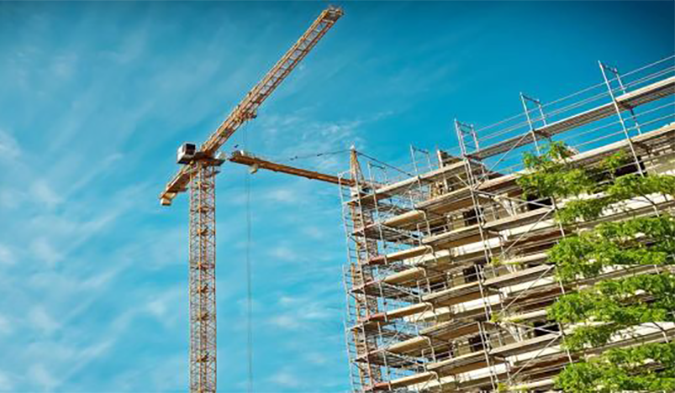News
Developers halt new condos after currency collapse, costs skyrocket

ECONOMYNEXT –Sri Lanka’s condominium developers said they have halted new projects and building materials were skyrocketing with the collapsing rupee and import protection given to building material producers triggering a crisis in partially built apartments.
“At present no Developers are embarking on new Projects as budgeting even in the short term is impossible, the Condominium Association of Sri Lanka said in a statement.
“The stark reality though is that Developers with partially constructed properties and current Buyers [and] those who have paid deposits on “old pricing” will jointly face difficulty.
“On the one hand, exponentially increased costs preclude the adherence to previously quoted prices and on the other hand buyers facing unanticipated cost increases and hiked-up interest rates.”
Sri Lanka’s rupee collapsed and the country is trapped in the worst currency crisis in the history of the island’s Latin America style central bank.The rupee collapsed from 182 to 360 to the US dollar in the current cycle of printing money to suppress rates.
Monetary instability worsened and the central government, state enterprise and the central bank itself borrowed heavily abroad through seven years of ‘flexible inflation targeting’ with output gap targeting (printing money to boost growth) despite having a reserve collecting peg and defaulted in 2022.
Inflation officially has soared 67 percent in the year to June, with food prices doubling over two years.Price of steel has shot up 350 percent from 100,000 rupee a tonne in 2021 to 450,000 rupees now.Price of tiles has rocketed from 300 percent from 150 a square feet 600 rupees.Price of cement has increased from 800 rupees to 3100 rupees per 50kg bag or about 287 percent.Prices of some fittings are more than 500 percent the condominium developers association said.About 600,000 person are employed in the construction industry, the association said.
Central bank interest rates suppression and the resulting credit and mal-investment for output gap targeting usually hits the construction sector the hardest.Construction sector was also hit in the 2016 and 2018 interest rates suppression and currency collapse cycles, with most of the industry backing the then opposition.However the 2019 administration printed even more money and gave 7 percent loans to construction driving up imports which were financed with central bank reserves driving up imports and the interventions were sterilized leaving the banks with central bank borrowings and deteriorating loan to deposit ratios.Because reserves for imports are sterilized with re-purchased Treasury securities, ultimately monetization of budgets are blamed.
Sri Lanka has been going from one currency crises to another ever since a Latin America style central bank was set up in 1950 by US money doctor. Latin American central banks collapse default with budget surpluses.Sri Lanka’s intermediate regime central bank has taken the country to the International Monetary Fund 16 times so far. The country is now negotiating the 17 IMF deal along with debt re-structuring.